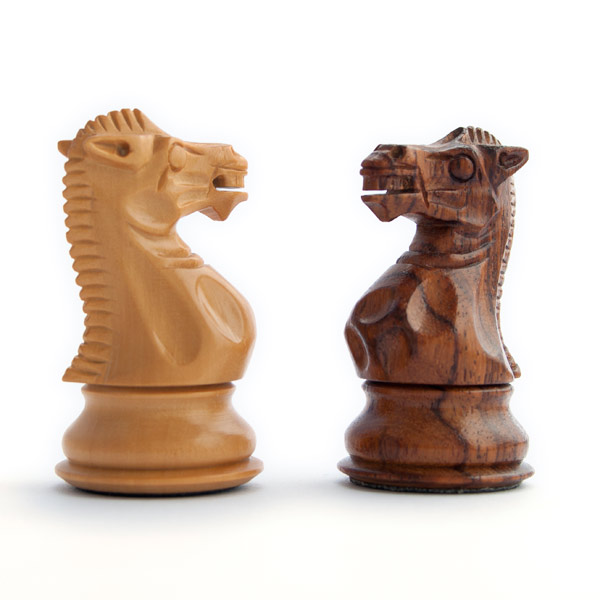
I have been reading the book Steal Like an Artist: 10 Things Nobody Told You About Being Creative by Austin Kleon, and I have found that many of his suggestions apply to chess.
Chess is as much a creative endeavor as it is a mathematical one. So a book about making you more creative, has implications for chess improvement.
Nothing is Original
All good artists understand that nothing is original. All creative work builds on what has come before.
Modern chess began when Steinitz built upon Morphy, Lasker built upon Steinitz. In chess, there are further examples of Alekhine learning from Capablanca, Kasparov from Botvinnik.
Every new idea is a combination of one or more previous ideas.
Choose a Mentor
To become a better chess player, you need to surround yourself with mentors (past chess greats) whose ideas are worth “stealing”. Learn from the best, and some of it will rub off on your gameplay. Chose a master as a mentor, their lesson plans are the games they left behind and the ideas they made their own.
School Yourself
You have to be curious, look things up that are unclear, chase down every reference. Look up all the games where Rubinstein played a rook and pawn endgame. Create an opening repertoire based on the openings that Botvinnik played. When you find a move you don’t understand, try to figure out why they played that move. If you can’t figure it out on your own then ask a stronger player. If you go through this process, you will either find an answer or your will come up with a better question.
| Good Theft |
Bad Theft |
| Honor |
Degrade |
| Study |
Skim |
| Steal from many |
Steal from one |
| Credit |
Plagiarize |
| Transform |
Imitate |
| Remix |
Ripoff |
Use Your Board
In his book, Kleon mentions that the computer prevents the artist from being creative. He recommends starting the creative process using analog tools. Only turn to digital tools at the end of the process.
In chess, most of your work should be over the board. Go over a master game by playing the moves on your board. Learn a new opening by reviewing master games that used that opening, but play them over the board. Using your hands will only make you more creative, but the act of moving the pieces will help record the ideas and moves into your subconscious.
Unlock Your Creativity
Learn from the past masters, deep dive into their games and ideas and stick to analog tools when doing so, and your chess will improve.





 ).
).